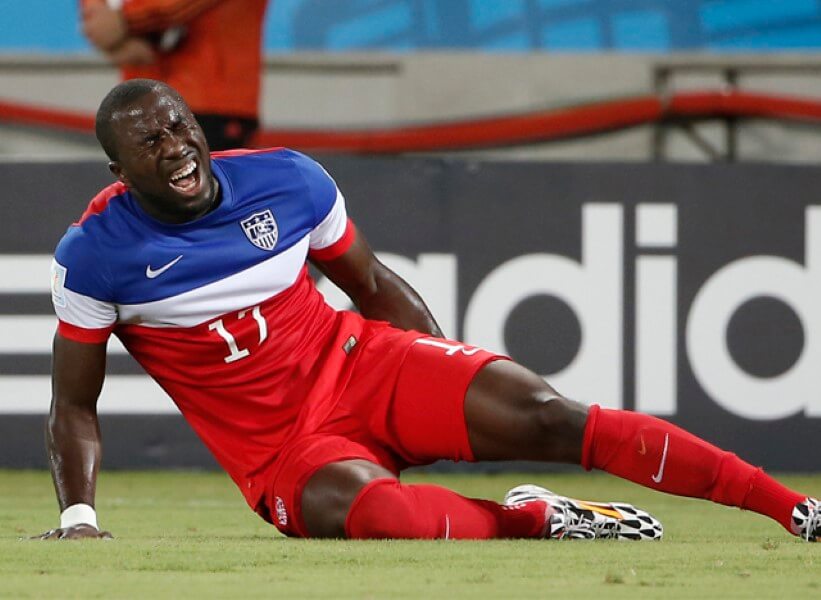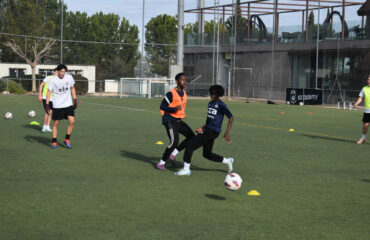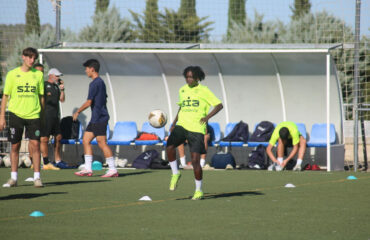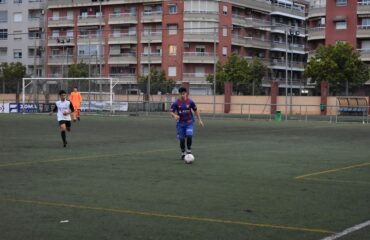THE FEARED ISCHIOSURAL INJURY IN FOOTBALL PLAYERS
What are the hamstrings?
The hamstring muscle group is located on the back of the thigh and consists of the long and short heads of the Biceps Femoris muscle, the Semitendinosus muscle and the Semimembranosus muscle.
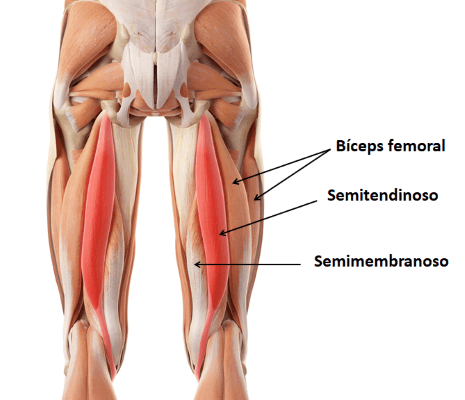
Many experts have studied the anatomical, biomechanical and kinematic factors that may have led to injury to this muscle complex, especially in football players, as it has been proven that football is the sport with the highest percentage of ischiosural injuries.
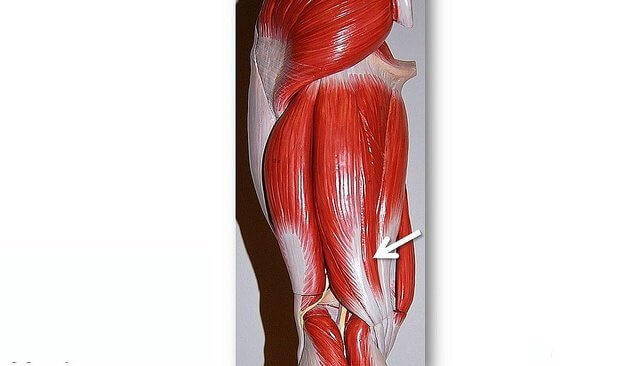
Causes of hamstring injuries in football players
- Increasing the pace and intensity of play in modern football.
- Increasing sprinting and high intensity movements, along with explosive changes of direction.
- Abrupt acceleration and deceleration.
- Improper posture when performing a leg exercise.
- Poor leg rotation.
- Contraction of the muscle in a rapid and abrupt manner.
- Muscle fatigue increases the likelihood of injury.
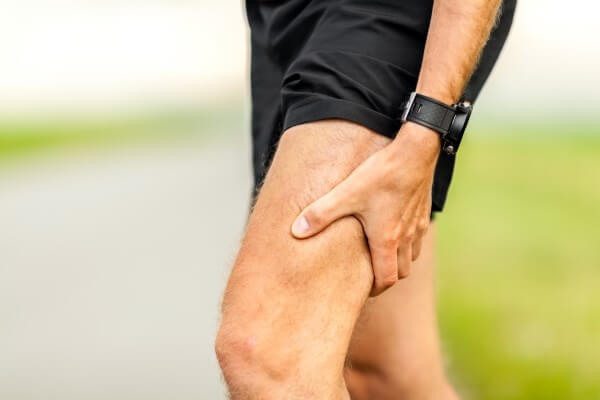
How common is injury in football players?
The frequency of this injury is 0.5 to 1.5 episodes per 1000 hours of training or football match. Approximately 1 in 5 professional footballers suffer a hamstring injury in a full season, and about a third of these injuries will reoccur. It is a typical muscle injury that many players will suffer from during their sporting career.
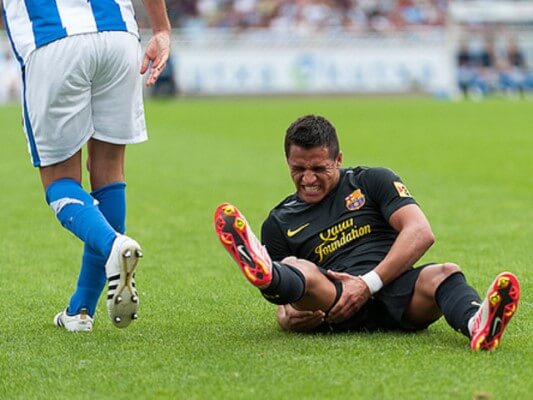
Most of these relapses will occur during the first two months after returning to sport. It takes an average of 17 days for each injured player to return to training and competition. Maximum attention should be paid to the fact that 4 out of 5 injuries to the hamstring complex are sustained by the long head of the Biceps Femoris, commonly at the myotendinous junction, as it suffers the highest loads.
How long does a hamstring injury last in a footballer?
Grade 1 or mild: eight to ten days.
Grade 2 or moderate: three to four weeks.
Grade 3 or severe: one to three months.

How is a hamstring injury treated?
Analysing all this epidemiological data, we can see that intervention by physiotherapists is necessary, but not only in rehabilitation. We must act from the first moment of pre-season in order to prevent this dreaded injury.
Need some tips on how to prevent injury? Click here
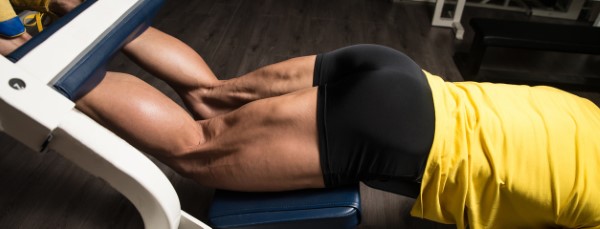
What can we do from a physiotherapy point of view to try to reduce the prevalence of injury?
In the world of football, the figure of the physiotherapist is necessary from the first day of pre-season, when each player should be interviewed individually. In this interview, they should get to know the person and try to reduce all the risk factors involved in injuries, and in this case, the ischiosural injury.
Hamstring stretching should be a constant practice.

Our main objective is to try to minimise the risk factors in each individual that can lead to muscular problems. In addition, it is also our job to empower footballers to actively involve them in the prevention and treatment of injuries. Because at the end of the day, they are the ones who are going to play and they are the ones who are going to suffer the injuries and their after-effects. Physiotherapists will build the path that they think is best for each player, but it is the player himself who has to walk that path.
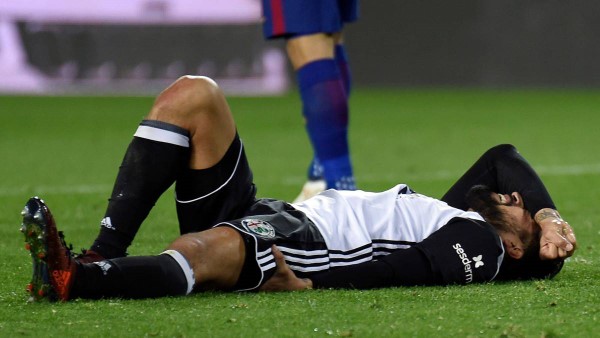
Once the injury has occurred… What kind of treatment do physiotherapists offer to patients?
In the world of physiotherapy there are a wide range of possible treatments for hamstring injuries. Each physiotherapist will use the techniques that they feel are best for their patient, based on the existing scientific evidence and their clinical experience. It should be made clear that there is no one ideal type of treatment for hamstring injury or any other injury. That is why individualisation is so important, i.e., depending on the type of injury, its causes, its magnitude, its evolution and the preferences of the footballer, we will opt for one treatment or another.
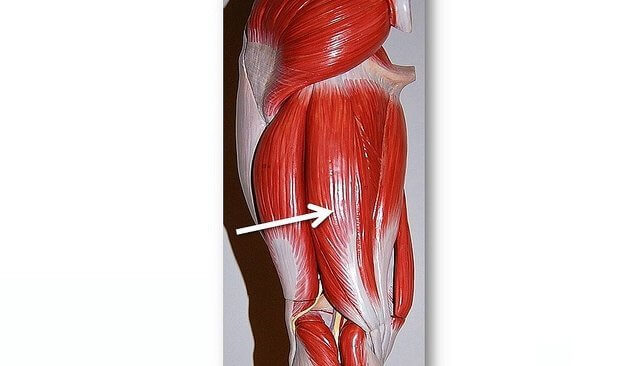
Scientific evidence shows that therapeutic exercise is the most effective treatment for hamstring injury. It is recommended that exercise should be present in all phases of the rehabilitation of this injury. Obviously, exercise is not everything, other techniques should be added to help our patient to successfully overcome the injury and minimise the chances of relapse.

Taking all this into account, there is no way to find the ideal treatment for a hamstring injury because it doesn’t exist. The physiotherapist will study your case and offer you the guidelines that they consider appropriate.
Antonio Cano Martínez
Football player at UD SIA Benigànim and Physiotherapist at SIA



